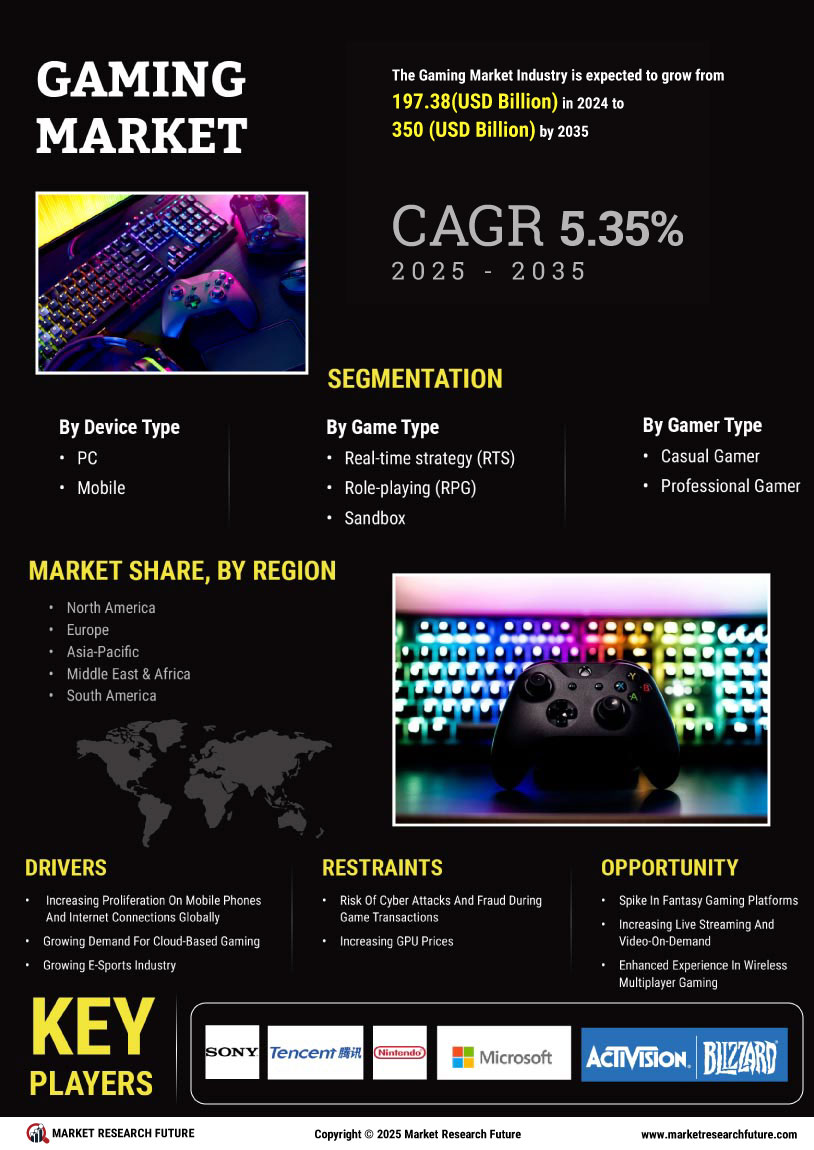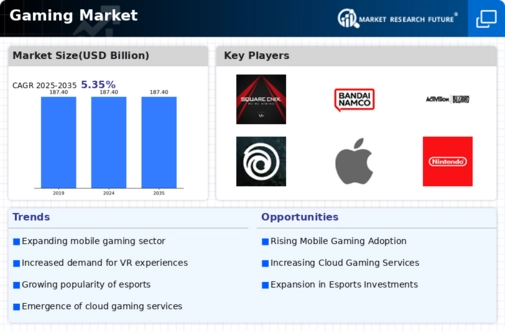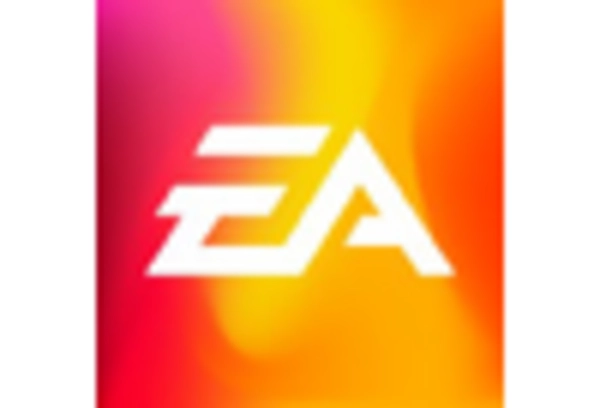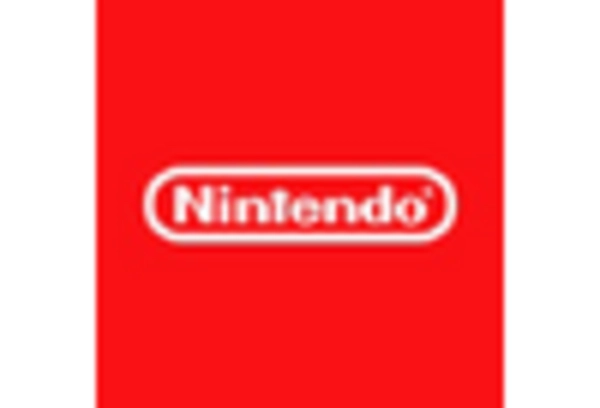E-sports Growth
The Global Gaming Market Industry is witnessing a remarkable surge in e-sports, which has transformed gaming into a competitive and spectator-driven phenomenon. E-sports events attract millions of viewers globally, with significant sponsorship and advertising revenues. The increasing popularity of e-sports is fostering a new generation of gamers and fans, further expanding the market. Major tournaments, such as the League of Legends World Championship, draw substantial audiences and generate considerable revenue. This trend indicates a promising future for the industry, as e-sports is likely to play a crucial role in maintaining the market's value of 187.4 USD Billion by 2024.
Diverse Gaming Genres
The Global Gaming Market Industry benefits from a wide array of gaming genres that cater to various consumer preferences. From action and adventure to simulation and role-playing games, the diversity in offerings attracts a broad audience. This variety not only enhances user engagement but also encourages cross-genre exploration among players. The continuous development of new genres and innovative gameplay mechanics keeps the market dynamic and appealing. As consumer interests evolve, the industry adapts, ensuring sustained growth and relevance, which is crucial for achieving the projected market value of 187.4 USD Billion in 2024.
Market Value Projection
The Global Gaming Market Industry is projected to maintain a steady market value of 187.4 USD Billion from 2024 through 2035, with a compound annual growth rate of 0.0% for the period between 2025 and 2035. This stability suggests a mature market where growth may plateau, reflecting a balance between supply and demand. Factors such as market saturation and changing consumer preferences could influence this stagnation. However, the industry remains resilient, adapting to new trends and technologies, ensuring its relevance in the global entertainment landscape.
Technological Advancements
The Global Gaming Market Industry is experiencing rapid technological advancements that enhance user experience and engagement. Innovations such as virtual reality, augmented reality, and cloud gaming are reshaping how games are developed and played. For instance, the integration of VR technology allows players to immerse themselves in realistic environments, thereby increasing user retention and satisfaction. As these technologies become more accessible, they are likely to attract a broader audience, contributing to the market's growth. The Global Gaming Market Industry is projected to reach 187.4 USD Billion in 2024, indicating a robust demand for technologically advanced gaming solutions.
Mobile Gaming Proliferation
The rise of mobile gaming is a pivotal driver in the Global Gaming Market Industry. With the increasing penetration of smartphones and tablets, gaming has become more accessible to a diverse demographic. Mobile games account for a substantial portion of the market, appealing to casual gamers and hardcore enthusiasts alike. The convenience of gaming on-the-go has led to a surge in downloads and in-app purchases, significantly boosting revenue streams. As mobile gaming continues to evolve, it is expected to maintain its dominance, contributing to the projected market value of 187.4 USD Billion in 2024.
Increased Investment in Game Development
Investment in game development is a critical driver for the Global Gaming Market Industry. As companies recognize the lucrative potential of gaming, they are allocating substantial resources to develop high-quality games. This influx of capital enables studios to hire top talent, invest in advanced technologies, and create immersive experiences. The competitive landscape encourages innovation, leading to the production of blockbuster titles that capture consumer interest. As the industry continues to attract investment, it is likely to sustain its growth trajectory, maintaining a market value of 187.4 USD Billion in 2024 and beyond.

















Leave a Comment